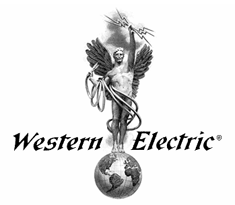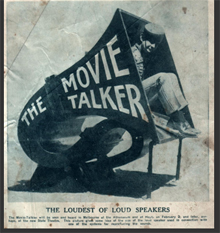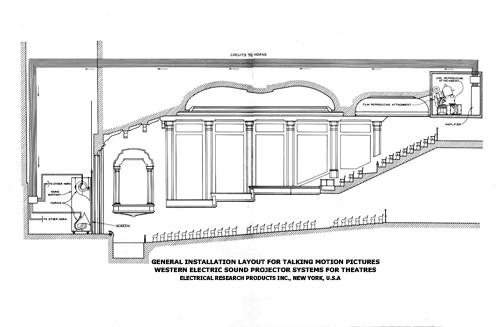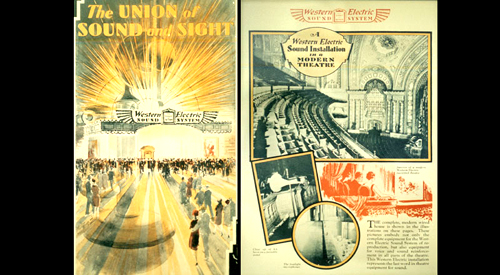

 |
 |
 Western Electric Company formed a subsidiary on January 1928, to handle Western's non-telephone interests. Electrical Research Products, Inc. (ERPI) developed and distributed studio recording equipment and sound systems to the major Hollywood studios. Recognition for Western Electric's contributions to the film industry soon followed. In 1931, ERPI won an award from the Academy of Motion Picture Arts and Sciences for technical achievement. ERPl's system of noiseless recording was cited as "outstanding scientific achievement of the past year." ERPI also made sound equipment for movie theaters, which it leased, rather than sold- just as the Bell System had leased out the telephone equipment Western produced. ERPI equipped 879 movie theaters in 1928 and 2,391 in 1929 in America, and even world wide. For example, The LISTENER IN of January 30, 1929, reported that talking movies would explode on Melbourne with a double-barreled explosion on Saturday 2nd of February at the Athenaeum and the Auditorium. The report suggested that four loudspeakers as shown were used behind the screen. The speakers were large. The distance from the speaker driver to the mouth of the horn was about 4.5m (14 feet). The Athenaeum used the Vitaphone sound on disc system, whereas the Auditorium used Movietone sound on film. Supervision of both installations was carried out by Western Electric Co. of America. Western Electric Company formed a subsidiary on January 1928, to handle Western's non-telephone interests. Electrical Research Products, Inc. (ERPI) developed and distributed studio recording equipment and sound systems to the major Hollywood studios. Recognition for Western Electric's contributions to the film industry soon followed. In 1931, ERPI won an award from the Academy of Motion Picture Arts and Sciences for technical achievement. ERPl's system of noiseless recording was cited as "outstanding scientific achievement of the past year." ERPI also made sound equipment for movie theaters, which it leased, rather than sold- just as the Bell System had leased out the telephone equipment Western produced. ERPI equipped 879 movie theaters in 1928 and 2,391 in 1929 in America, and even world wide. For example, The LISTENER IN of January 30, 1929, reported that talking movies would explode on Melbourne with a double-barreled explosion on Saturday 2nd of February at the Athenaeum and the Auditorium. The report suggested that four loudspeakers as shown were used behind the screen. The speakers were large. The distance from the speaker driver to the mouth of the horn was about 4.5m (14 feet). The Athenaeum used the Vitaphone sound on disc system, whereas the Auditorium used Movietone sound on film. Supervision of both installations was carried out by Western Electric Co. of America.By 1932, only 2 percent of open theaters in America were not wired for sound. Western Electric proved better at wiring the nations' theaters than at maintaining that customer base; however, ERPI abandoned the motion picture theater business in 1937. The company continued to produce sound equipment for movie studios until 1956, when as part of the consent decree, it abandoned most of the non-telephone enterprise. The company left a legacy in the motion picture industry, one reminder of which is the credit at the end of many films from Hollywood's Golden Age: "Sound by Western Electric."
|

